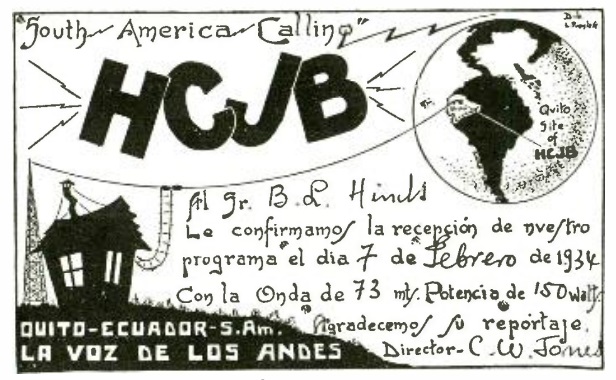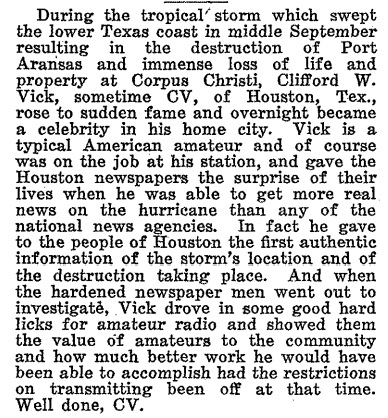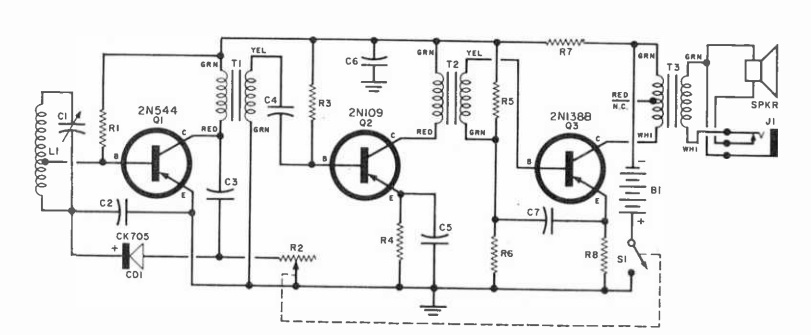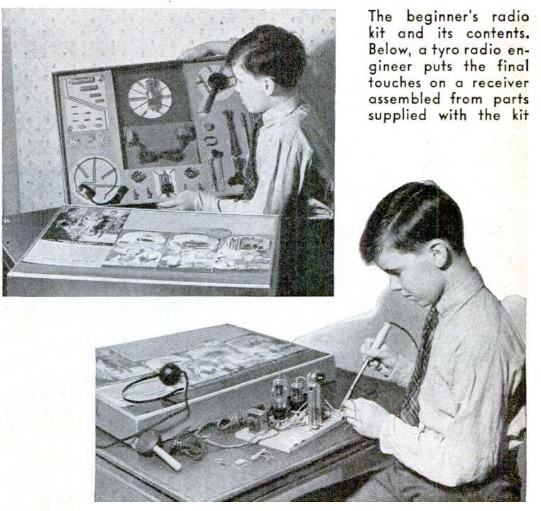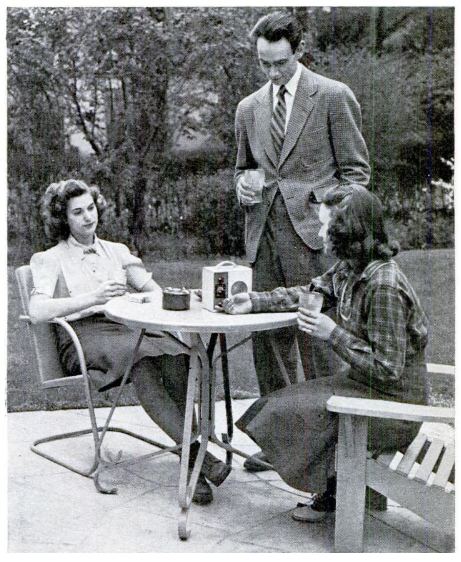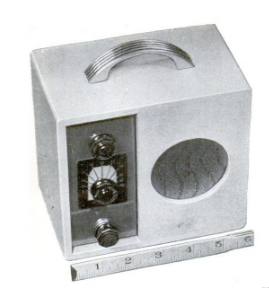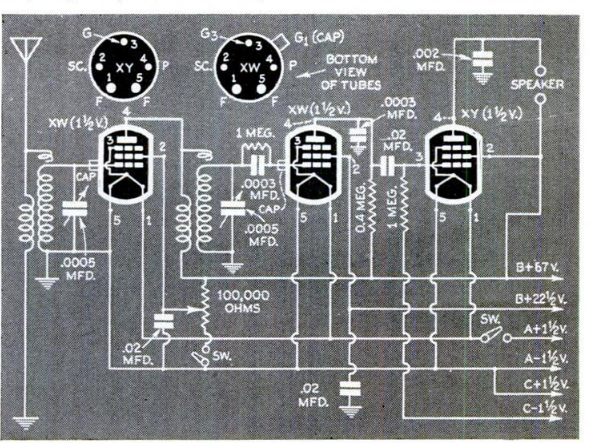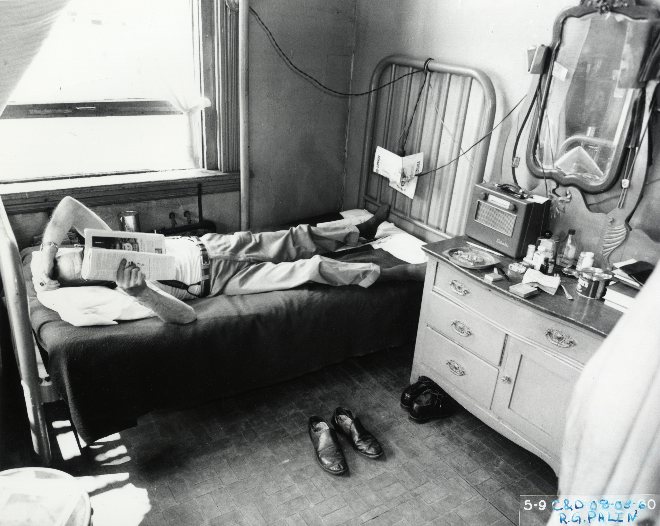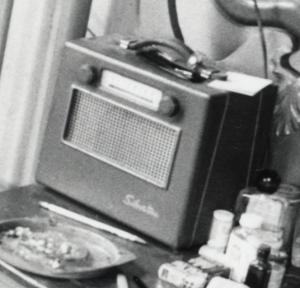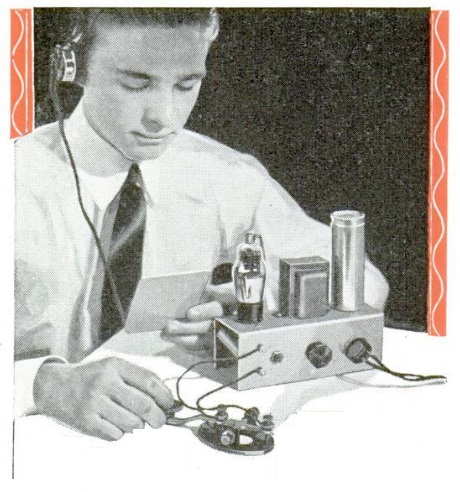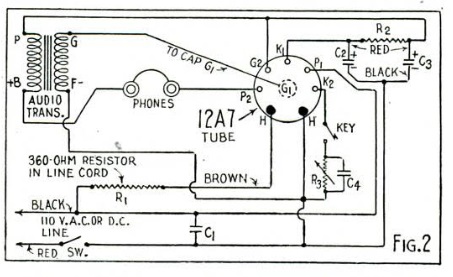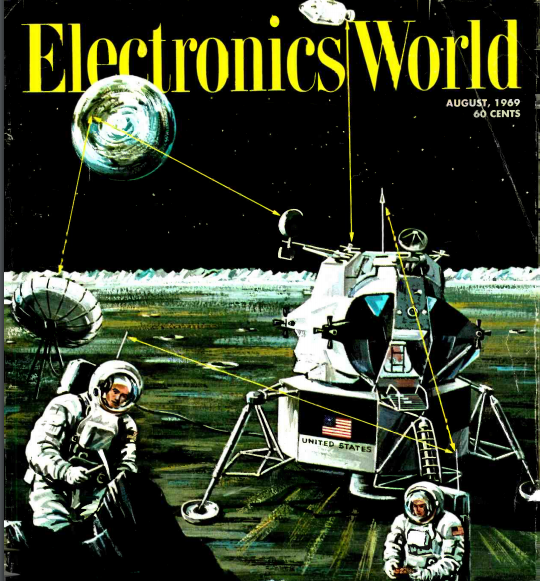 Fifty years ago this month, the August 1969 issue of Electronics World contained a good description of the communications system used by the Apollo space program. Even though the issue is dated August, it went to press prior to the Apollo 11 mission, so it was written in the future tense.
Fifty years ago this month, the August 1969 issue of Electronics World contained a good description of the communications system used by the Apollo space program. Even though the issue is dated August, it went to press prior to the Apollo 11 mission, so it was written in the future tense.
 Each backpack contained an extra-vehicular communications system (EVCA) built by RCA. That consisted of a transceiver measuring 14 x 6 x 1.25 inches and weighing (on Earth, presumably) 6.5 pounds. Both backpack units contained two AM transmitters and two FM receivers, plus telemetry instruments. In another respect, the suits were not identical. One EVCA contained an FM transmitter, and the other contained an FM receiver. This allowed the astronaut equipped with the receiver to serve as a relay for voice and data from the other astronaut to the Lunar Module (LM).
Each backpack contained an extra-vehicular communications system (EVCA) built by RCA. That consisted of a transceiver measuring 14 x 6 x 1.25 inches and weighing (on Earth, presumably) 6.5 pounds. Both backpack units contained two AM transmitters and two FM receivers, plus telemetry instruments. In another respect, the suits were not identical. One EVCA contained an FM transmitter, and the other contained an FM receiver. This allowed the astronaut equipped with the receiver to serve as a relay for voice and data from the other astronaut to the Lunar Module (LM).
The FM signal was transmitted on 279 MHz, and the AM signal was on either 259.7 or 296.8 MHz. From the LM, the signals were retransmitted to Earth on an S-band transmitter on 2282.5 MHz. The main antenna for this link was a 26 inch steerable dish on the LM, with about 20 dB gain. As a backup, an erectable antenna that opened like an umbrella was set up on a tripod. This antenna had 32 dB gain, measured 10 feet in diameter, and weighed 14 pounds.
Live TV from the moon came from a 7 pound camera manufactured by Westinghouse. Compared to US broadcast television, which used 525 lines and 30 frames per second, the camera transmitted 320 lines at 10 frames per second. The reduced video quality was to conserve both power and bandwidth. The signal from the lunar camera could operate on 500 kHz bandwidth, compared to 4.5 MHz for commerical TV. The conversion to make the signal available to broadcast networks was taken care of on Earth. The signal went back to earth on the S-band transmitter.
Navigation signals from Earth were on 2101.8 MHz, with data from both the LM and Command Module (CM) being transmitted on 2282.5 MHz.
Other contractors involved in supplying the gear were Collins Radio, which provided the S-band signal processor, Motorola for the S-band transceivers, Raytheon for the S-band power amp, and Dalmo-Victor for the S-band antenna. All gear was solid state, with the exception of an amplitron tube in the S-band amplifier.
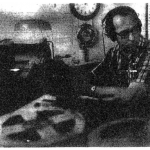
Baysinger pulling in the lunar signals. Louisville Courier-Journal, via ARRL.
With the frequencies and details published, one might wonder whether earthbound listeners other than NASA tuned in to the astronauts’ signals from the moon. Almost certainly the Soviets were listening, but it turns out that one American ham was listening in, as detailed by this story at the ARRL website. Larry Baysinger, W4EJA, of Louisville, KY, was able to pull off the feat, thanks to an 8×12 foot corner horn antenna. He picked up the VHF signals (presumably the AM ones), and did not attempt to receive the S-band signals bound for Earth. He recorded 35 minutes, including the message from President Nixon.

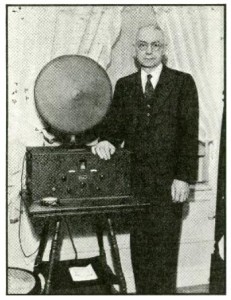 This early QSL card from the station confirms reception of a program on February 7, 1934. The card notes that the station was then on 73 meters running 150 watts. The card bears Jones’ signature, and the illustration suggests that the station was still in his residence and using a wire antenna. The card was addressed to J.B.L. Hinds of New York, shown in the illustration at left. He presumably pulled in the 150 watt signal with the set shown here. Hinds was the editor of the “Foreign Station Department” of Short Wave Radio magazine, and the card and this illustration appeared in the magazine’s September 1934 issue.
This early QSL card from the station confirms reception of a program on February 7, 1934. The card notes that the station was then on 73 meters running 150 watts. The card bears Jones’ signature, and the illustration suggests that the station was still in his residence and using a wire antenna. The card was addressed to J.B.L. Hinds of New York, shown in the illustration at left. He presumably pulled in the 150 watt signal with the set shown here. Hinds was the editor of the “Foreign Station Department” of Short Wave Radio magazine, and the card and this illustration appeared in the magazine’s September 1934 issue.

